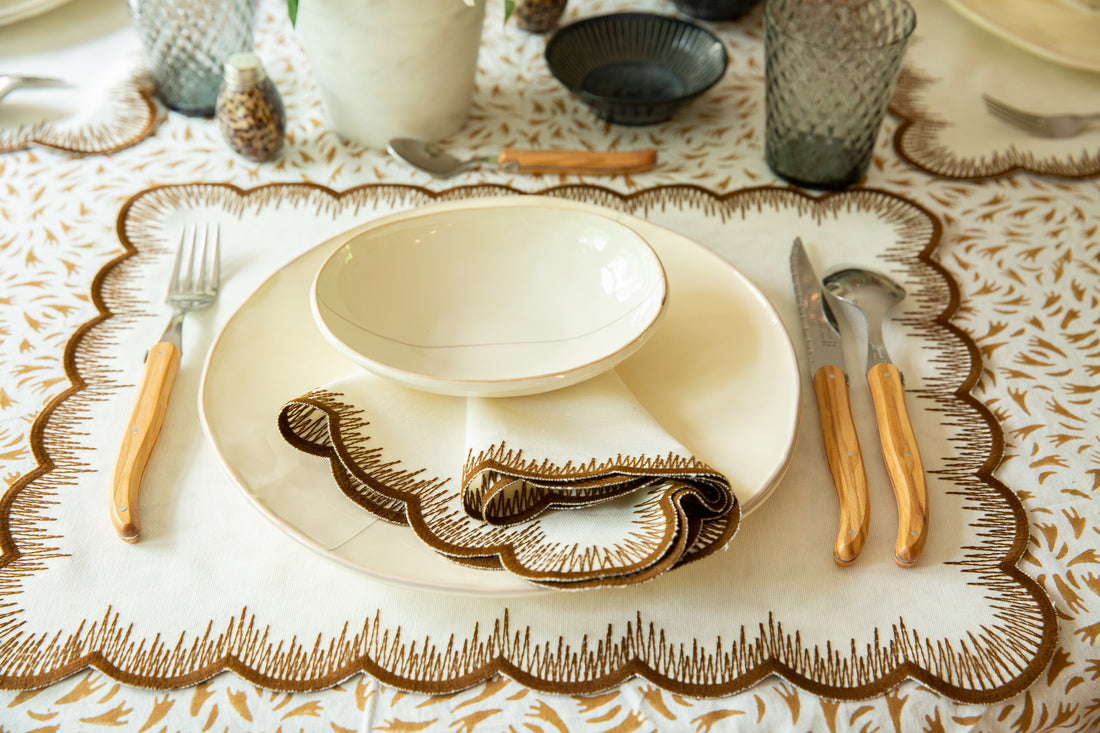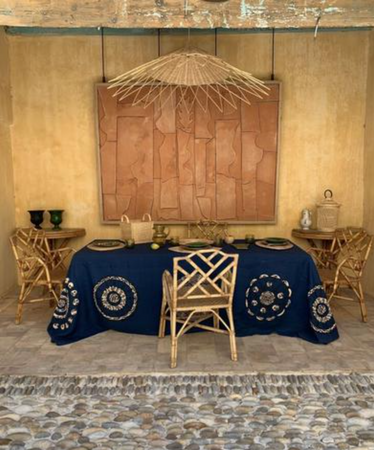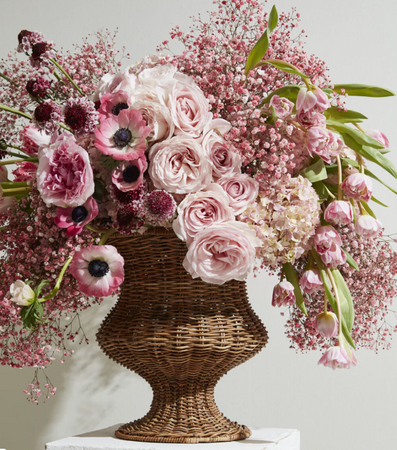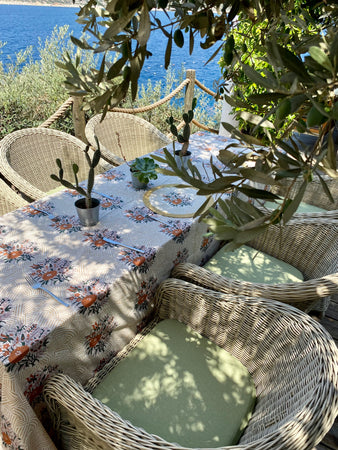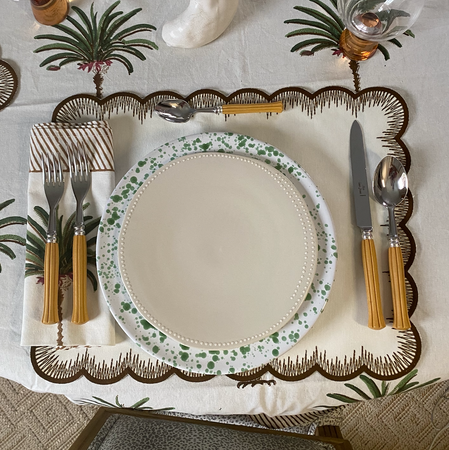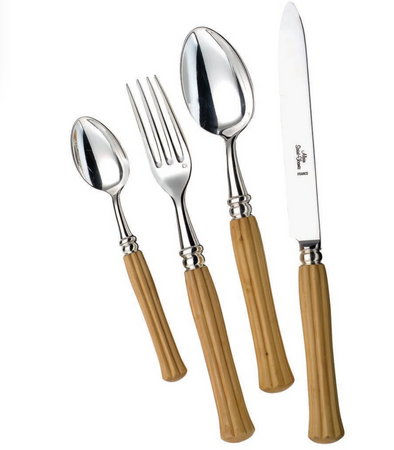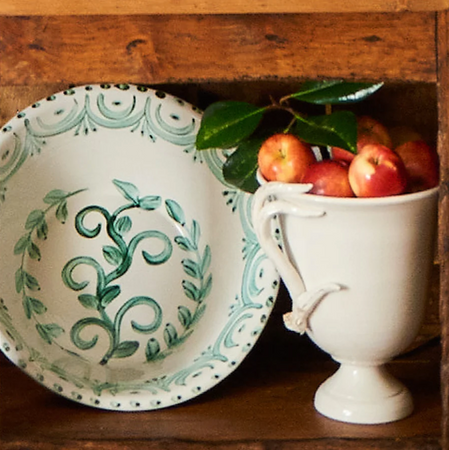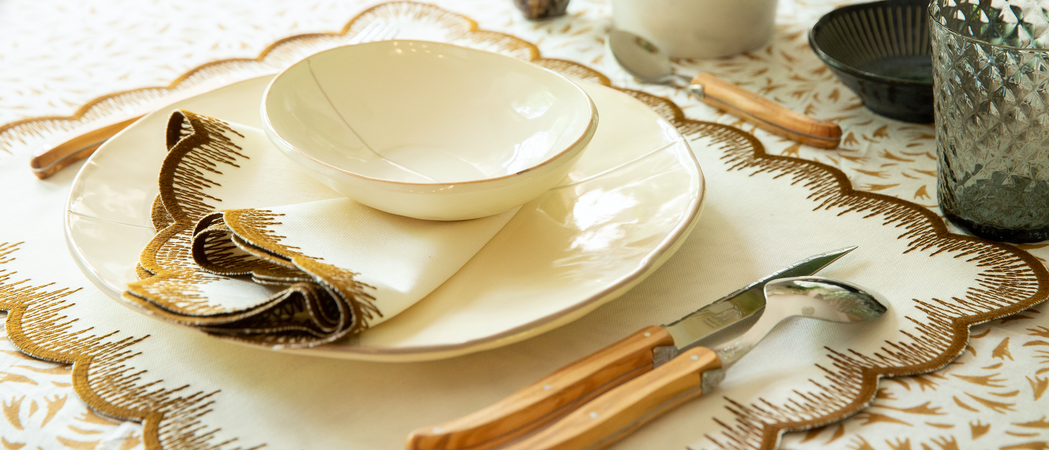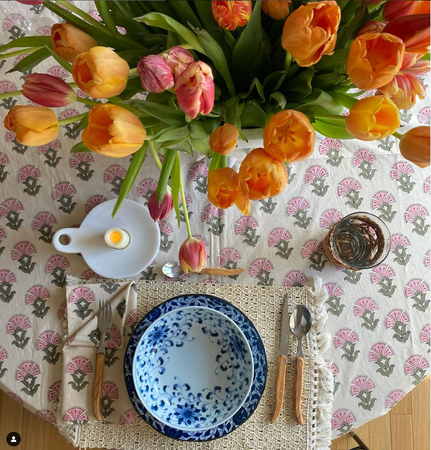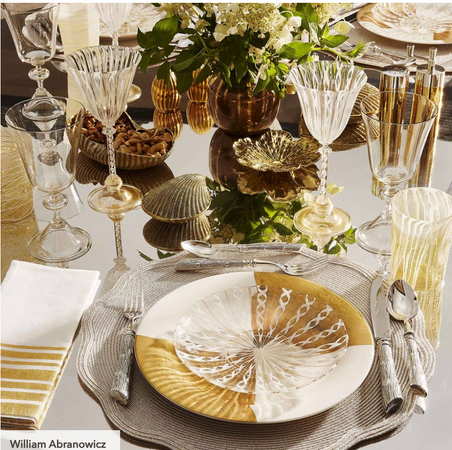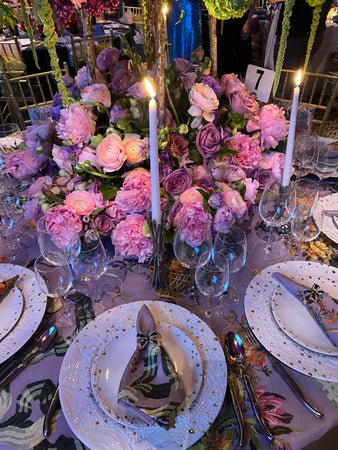Four Common Table-Setting Styles Every Host Should Know
Do you love planning dinner parties and inviting guests to your home or a venue of your choosing? Sure, they’d be so ecstatic to taste the food you’re going to share with them. But the way you present your food is also an art in itself, that’s why to become a great host, you gotta have some mad table setting skills, too.
Okay, we all know the basic tableware or dinnerware we need for our meal. A plate, some glass, the cutlery, even a saucer for tea or coffee or the dessert. The key is how you lay these components together in a single, smooth order for a pleasant dining experience. That’s what proper table setting is about.

Table-setting lessons for beginners
It may be overwhelming at first to learn these various proper table setting styles with all the “rules” of where to position this or that. But the concept is to make dining a smooth experience for the diner so that you and your guests can focus on the food and on the social interactions. Once you know the basic setup, it’s going to be a piece of cake learning the most complex of these styles–the formal table setting.
Here, we included the four table setups that fancy restaurants and food caterers mainly use in their service, which you can apply as well on your next elegant dinner party.
Basic table-setting
This is the most simple setup, and we’ll build on our knowledge of this as we proceed with the other styles of proper table setting. You would use a basic setting for any casual meal, like a brunch with family or just a regular dinner. This is ideal if you’re having only two courses at most, like the dinner itself and an appetizer beforehand.
What you need is pretty straightforward. Assign a placemat for each person, and most of what that person will need is set on the table mat. Typically, hosts prefer rectangular placemats because they can fit the needed dinner elements. However, you can also opt for circular or oval ones for added character.
At the center of the placemat, lay down the plate, preferably a thumbs-length from the bottom of the placemat. For the cutlery, remember that the fork goes to the left of the plate. A napkin of your choice is also placed either under the fork or at the left of the fork, but generally under because of the smaller space available.
On the other side goes the knife, along with a spoon if needed. Always remember that the blade of the knife faces the plate. It can be traced back to earlier fine dining back then when food knives were sharper than they are nowadays. ‘Tis sort of a sign of respect to the other diners.
A drinking glass should be placed on the top right, just above the space between the knife and the plate. Any minimal, artistic centerpiece is optional but preferable.

Informal table-setting
This type of proper table setting sits between the basic one and the formal dining table set up, which we’ll get on later. An informal table setting is particularly preferred for events that don't necessarily require any strict formality. Also, this is great for fewer courses, usually three, such as an appetizer, the main course, and dessert.
It incorporates the arrangement of the basic table setting but with more tableware. Moreover, usually, a runner is placed at the table. Instead of a placemat, we’ll use a charger plate, which is a large plate to which the appetizer plate or any other dinnerware are placed prior to the main course.
Now that there are additional courses of meal to be served, we’d also add cutlery as needed.
For example, if you are to serve soup as an appetizer, add a soup spoon on the right side. Since it is first served, it should be on the outer right.
Bear in mind that the positions of the flatware are based on the order of the meal served. The first pieces must begin from the outside, going in. So, the main course knife (right) and fork (left) are the ones nearest the center plate. Again, the blades of the knives should face the food.
How about dessert cutlery? Well, the cutlery for the sweet treats should go above the plate. For ice cream or any similar category of food, a single dessert spoon is placed, with the spoon head pointing towards the left. This makes it easy for the guest to turn it to the right side, with the spoon head pointing up when dessert is served. The dessert fork goes the other way around.
The drinking glasses are now placed at the upper right, or one o’clock of the center plate, like with our basic table setting. They can include different kinds of drinking glasses, like a water goblet, wine glass, or champagne flute.
Formal table setting
We’d say that a formal dining table setting is the most complete setup among these four. It’s popular for holiday meals or fancy dinners when more than three courses of a meal are served. While it may seem complicated at first to learn the arrangement of the tableware in this setting, with our knowledge of the basic and the informal setting, it’s no longer rocket science to nail this one.
Let’s begin at the middle with your choice of a charger plate (or sometimes referred to as a lay plate or a service plate). While a plain white charger plate is common, you can also try other designs or colors for the charger plate. We’re thinking of something like shiny silver or textured gold. No rules here, so long as the colors are not too bright or distracting, and won’t clash with the actual dinnerware the guests will use. The charger is then taken away when the first main entree is served.
On the left of the charger is the napkin, either beside the forks or under them. To even wow your guests, there are many interesting ways to fold napkins for placement at the top of the charger, along with the fancy menu/place card listing the food to be served. The menu is also what sets this style apart from the informal one.
The flatware layout is like with the informal table setting. Since more courses are served, and there are specific cutlery for each one, then more forks, knives, and spoons are required. They are still arranged depending on the food served, from outside going in.
So if a salad is served first, then the salad fork is on the leftmost and the salad knife at the rightmost. A shellfish course follows, so the fish fork precedes going in, and on the other side, the fish knife, and so on until the dinner fork and knife of the last course are nearest the main dinnerware. Upon placement, align the bottom of the cutlery with the bottom of the rim of the charger.
Take note that the dessert spoon (for ice cream) or fork and knife (for cake) go at the upper part (12 o’clock) of the charger plate.
Meanwhile, drinkware pieces can be positioned above the right cutlery (the knives). The glasses may be aligned horizontally or in a triangular position. Opposite them is a bread plate, which should be at 10 or 11 o’clock of the charger. Place the bread knife at an angle on the plate.
If you’re gonna serve coffee and tea, a saucer for this can be placed beside the knife/spoon. Meanwhile, the salt and pepper shaker can be placed at the top of the dessert cutlery, somewhere in between the bread plate and drinking glasses.

Buffet table-setting
If you’re planning to throw a buffet-style party, you can opt for the elements of the abovementioned table setting, except that there’s no need for a charger or a plate for the entree on the diner’s table. You can still include saucers or bread plates, though. But for us, it’s best if all plates are on the buffet table so guests can decide for themselves since this is a self-service type of dining.
Basically, the guests will have to pick the plates up at the beginning of a buffet table where various several pre-cooked meals are served. They’d have the option of which food to put on their plates, and it’s likely that they’re gonna want a small serving of various dishes. So plates big enough but manageable to carry will be preferable.
***
That wasn’t at all tricky now, was it? Still, we believe that learning the ropes of proper table setting is a life skill that you can use for any occasion you’re going to plan. And from here on in, we’re certain that the dinners you’d host are always a hit and guests would love RSVP-ing yes to you. Now that you've set the table properly and all the dinnerware and cutlery are in perfect position, I guess all we can say is Bon Appétit! 09 Mar, 2022 ·


